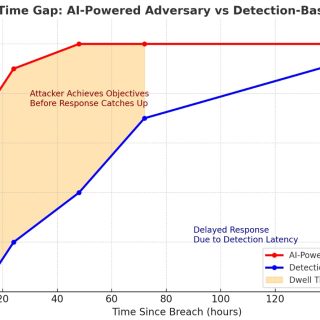
In today’s digitally driven world, cybersecurity is paramount. Protecting sensitive data, securing personal information, and ensuring the integrity of systems are crucial responsibilities. However, the cybersecurity industry faces a significant challenge: the lack of standardized guidelines. This absence of guidelines creates confusion for consumers and businesses, leading to misguided investments and increasing vulnerabilities.
The Absence of Guidelines
Unlike industries such as automotive and aviation, where strict guidelines ensure safety and reliability, the cybersecurity sector operates without universally accepted benchmarks. This lack of regulation means there are no consistent criteria for evaluating the effectiveness of cybersecurity products and services. Consequently, consumers and businesses struggle to discern which solutions genuinely offer robust protection.
The Marketing Mirage
In the void left by the absence of guidelines, marketing has taken center stage. Cybersecurity vendors often rely on aggressive marketing strategies to promote their products, emphasizing flashy features and innovative technologies. While these campaigns may capture attention, they do not necessarily reflect the products’ true efficacy. As a result, purchasing decisions are often influenced more by marketing prowess than by actual performance data.
Consumer Confusion
For end users, the lack of clear guidelines translates into confusion and uncertainty. Without reliable metrics to compare different cybersecurity solutions, consumers and businesses are left to navigate a complex and crowded market. The decision-making process becomes a gamble, with buyers hoping that their chosen products will offer the protection they need. This uncertainty undermines trust in the industry and leaves users vulnerable to cyber threats.
Rising Costs, Increasing Breaches
Ironically, as cybersecurity spending continues to rise, so do the number of breaches. According to a report by Cybersecurity Ventures, global cybersecurity spending is expected to exceed $1 trillion from 2017 to 2021. Yet, high-profile data breaches and cyber-attacks remain alarmingly common. This paradox highlights a critical issue: increased investment does not necessarily equate to better security. In many cases, organizations are investing in solutions that fail to deliver the promised protection.
The Need for Transparency and Guidelines
To address these challenges, the cybersecurity industry must embrace transparency and establish clear guidelines. Transparency in historical performance data would allow consumers and businesses to make informed decisions based on past efficacy rather than marketing claims. Standardized guidelines would provide a consistent framework for evaluating and comparing cybersecurity products, ensuring that investments are directed toward genuinely effective solutions.
Moving Towards a Regulated Future
Several steps can be taken to foster a more transparent and regulated cybersecurity landscape:
- Industry Collaboration: Cybersecurity vendors, industry experts, and regulatory bodies must collaborate to develop universal guidelines. This collaboration would ensure that the guidelines are comprehensive and reflective of real-world needs.
- Government Intervention:** Governments can play a pivotal role by introducing regulations that mandate transparency and standardization in cybersecurity practices. Such regulations would hold vendors accountable and protect consumers from ineffective solutions.
- Consumer Education: Educating consumers and businesses about the importance of guidelines and transparency in cybersecurity can empower them to demand better products and services.
- Third-Party Audits: Independent audits of cybersecurity products can provide unbiased performance evaluations, helping to build trust and credibility in the market.
Conclusion
The current state of cybersecurity, marked by a lack of guidelines and reliance on marketing, is unsustainable. To protect consumers and businesses effectively, the industry must move towards transparency and establish clear, universal guidelines. Only then can we ensure that cybersecurity investments lead to genuine protection, reducing the frequency and impact of breaches. By prioritizing performance transparency over marketing, the cybersecurity industry can regain trust and fulfill its critical role in safeguarding our digital world.



